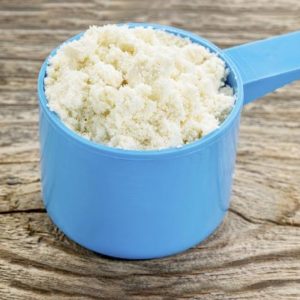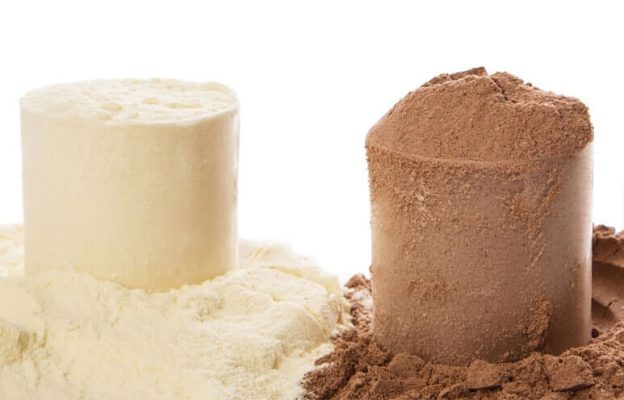If you are serious about putting on as much lean muscle mass as possible, as quickly as possible, the odds are pretty good that you’ve been taking advantage of everything protein powder has to offer.
Providing a consistent amount of highly digestible and bioavailable protein that you can whip up into a shake with no trouble whatsoever, the only trouble with protein powder today is finding the right one for your specific needs.

No, we’re not just talking about how there are a myriad of different brands out there offering protein powders today (though that makes finding the right option challenging enough on its own). Instead we are talking about the specific types of protein powder you might choose to take advantage of, particularly when your choices boil down to whey hydrolysate or whey concentrate.
Interesting new research coming out of Japan suggests that there really is a big difference between these two different types of whey protein options, but the difference really only manifests depending on how much protein you are going to be consuming in each individual shake you make.
Researchers from a Japanese dairy organization have been comparing these two different types of whey protein sources, finding that whey concentrate (the least expensive option by far) is just as good as whey cracker – but only if you are going to be using a considerable amount of protein powder in each individual shake.
If you’re going to just be using a small amount of protein in your shake (for one reason or another) whey hydrolysate remains the go-to choice.
Let’s dig a little bit deeper into the science behind these findings.
For starters, this research has recently been published in the Nutrition and Metabolism medical paper and focused around and animal study conducted by this Japanese team dairy experts. The researchers were looking to figure out how much new muscle tissue could be created in laboratory mice when provided with these two different sources of whey protein, specifically looking at how much muscle tissue these mice were able to gain in their triceps.
The first group of laboratory mice were given 2 g of whey concentrate per individual kilo of body weight on a regular and consistent basis. They discovered that the fractional synthetic rate of this protein hit its zenith about 60 minutes after administration.
The second group of laboratory mice were either given 0.5 and 2 g of whey concentrate per individual kilo of body weight or between 0.5 and 2 g of whey hydrolysate per kilo of body weight. Researchers here found that when given 2 g of whey hydrolysate the fractional synthetic rate of protein after 60 minutes was identical to whey concentrate, but when given 0.5 g of whey hydrolysate that same fractional rate was significantly higher – helping these laboratory mice build muscles faster.
Interestingly enough, the researchers haven’t quite been able to discover why exactly lower dosages of whey hydrolysate are more effective at helping to build lean muscle mass than low-level doses of whey concentrate – and they are particularly puzzled at why high dosages of both whey hydrolysate and whey concentrate produce almost identical results.
The new hypothesis that these researchers are working off of is that whey hydrolysate contains peptides that have a fast acting anabolic effect that whey concentrate does not, but more research is going to be necessary to really figure out exactly what’s going on “under the hood” when the body is using these two different forms of whey protein.
New research is ongoing but it may be a year or more until we learn anything new from this team out of Japan.
Source: https://nutritionandmetabolism.biomedcentral.com/articles/10.1186/s12986-019-0417-9







